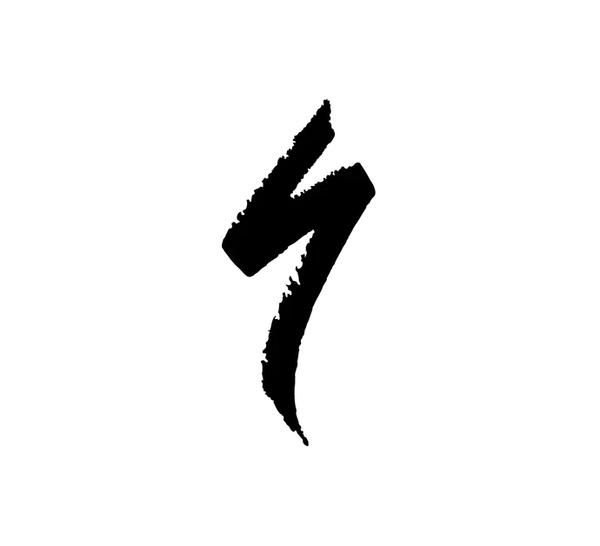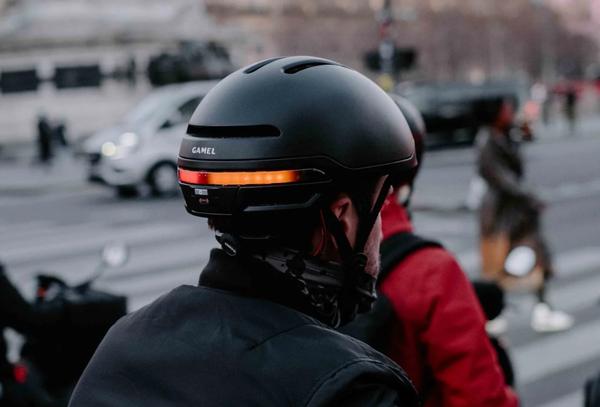Hookless rims, rusty drivetrains and narrow bars: GCN Tech Clinic
Ollie Bridgewood returns to answer your most pressing cycling tech questions
Tom Hallam-Gravells
Online Production Editor
Ollie Bridgewood is flying solo in this week’s GCN Tech Clinic as Alex Paton is away filming a video for his Campagnolo dream build - keep your eyes peeled over the coming weeks for that!
He may be alone but Ollie still has all of the answers to your most pressing tech questions.
If you’ve got a tech question that you need answering, don’t forget to leave it in a comment below one of our YouTube videos along with the hashtag #ASKGCNTECH.
Can you move a tubeless tyre from a hooked to a hookless rim?
Yes, as long as the tyre is compatible with hookless rims, so always check this first.
There are a couple of things you need to be aware of, though. Firstly, when tyres are mounted to a rim and inflated, they can stretch. You shouldn’t have too many issues with modern tyres, which are designed not to stretch, but older tyres can be more susceptible. This is important as a stretched tyre may not mount on a hookless rim correctly, which is why it’s best to always use a newer tyre.
Make sure you clean the tyre to remove any excess sealant before mounting it too. This sealant can prevent the tyre from correctly mounting and creating an airtight seal.
Read more: How to set up tubeless tyres
Can you clean rust off components without removing them from a bike?
Servicing a bike can be tricky, especially if components need to be removed from the bike. Most cyclists, understandably, would prefer to take the easiest route, which means working on components while they’re still attached to the bike.
Unfortunately for those hoping for the easy solution, it is always best to remove parts from a bike when servicing them. It makes the job easier, plus you can be more thorough.
We have lots of tech how-to videos to help with the process, while Alex has previously pulled together a guide on removing rust from bikes.
Will it affect aerodynamics if you don’t max out tyre clearance?
Aerodynamics is a complex subject to unravel, and one that cyclists are constantly trying to master. Bikes are often designed to reduce drag, but could you be missing out on some gains by using narrower tyres than your bike can accommodate? After all, the gap between the tyre and forks could be costing all-important aero gains.
In reality, this is a great example of over-thinking bike set-up. The thing that will make a much bigger difference to performance is the type of tyre used and the pressure run.
Is it dangerous to run brakes set up in reverse?
When renting a bike abroad, you may have noticed that the brake levers are set up differently from how you're used to. In the UK, for example, the right lever usually operates the front brake and the left lever the rear. In other countries, it’s often the opposite way around.
If you’re using an unfamiliar set-up, take things steady as you get used to the bike. You should pick up the new layout pretty quickly. Just be wary of situations when you need to emergency stop, as this is when instinct kicks in and it’s easy to reach for the brake lever you’re used to. This is where riding with a little extra caution will come in especially handy.
Do you need to shorten gear and brake cables when moving to narrower handlebars?
If you’re dropping down a couple of centimetres, you might be able to get away without changing the cables’ lengths.
For bigger jumps, you will probably need to shorten the cables as, if the cables are internally routed, they may not fit in the frame.
Specialized Diverge versus Specialized Roubaix for a cobbled sportive?
Equipment choice is important for a cycling event, with the bike being top of the list. This could open up lots of different set-up choices, such as 1x versus 2x, tyre widths and chainring sizes.
Break down the specific parcours and think carefully about your needs for the ride. Consider things like the length of climbs, the gradients, and the weather forecast.
Better still, find similar terrain in your local area and test the different setups to see which feels more comfortable. Ideally, you should have had plenty of practice on the bike before embarking on a challenge.
If you have any tech-related questions that you need answering, head over to this week’s Tech Clinic video on the GCN Tech YouTube channel and add your question to the comments along with #ASKGCNTECH. Or leave your question in the comments below.
Latest Videos
1I Built A £17,000 Bike. WAS It REALLY Worth It?

2Pro On A £100 Bike VS Killer Climb!

3Why VO2 Max Is The GREATEST Predictor Of Lifespan | Dan's Journey Back to Health and Fitness (Pt. 2)

4The Hottest Bikes & Pro Tech Of The Giro d'Italia 2024

5Your Bike WILL Get Stolen, Unless You Do This! GCN Tech Show 331





.jpg?w=600&auto=format)


.jpg?w=600&auto=format)
